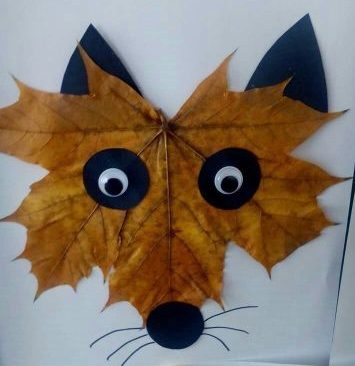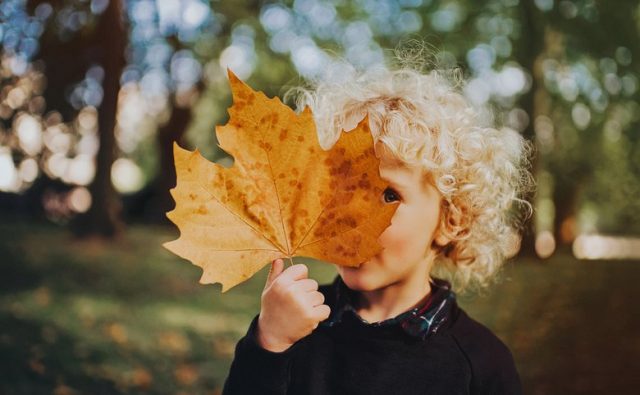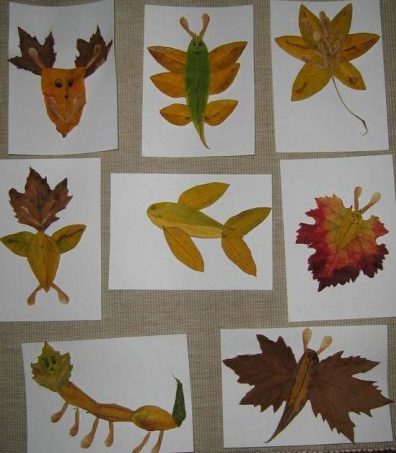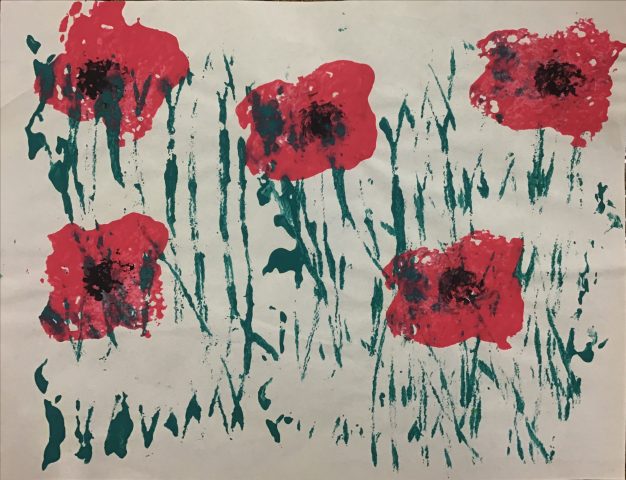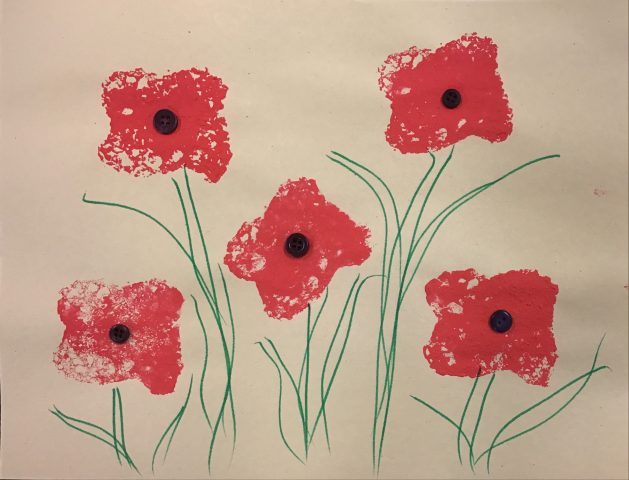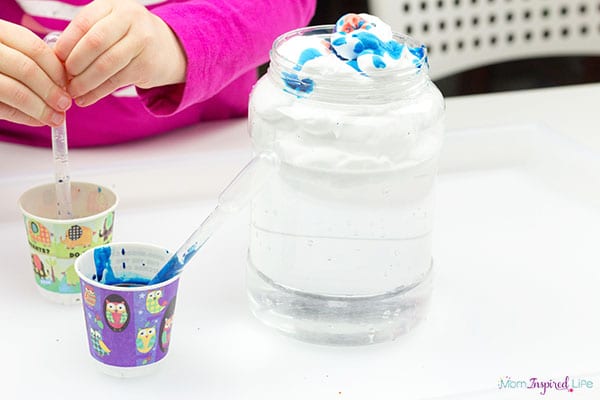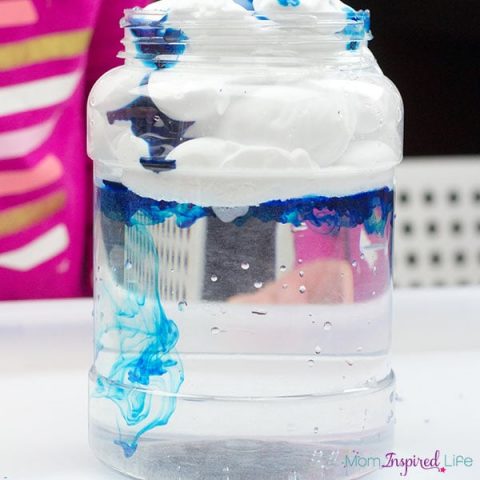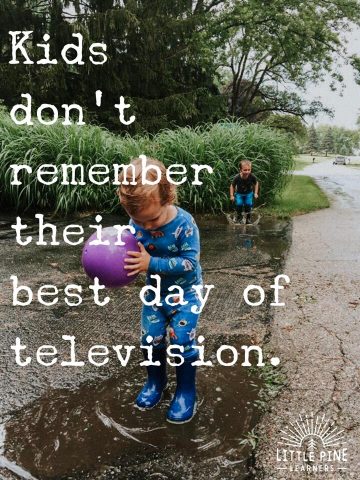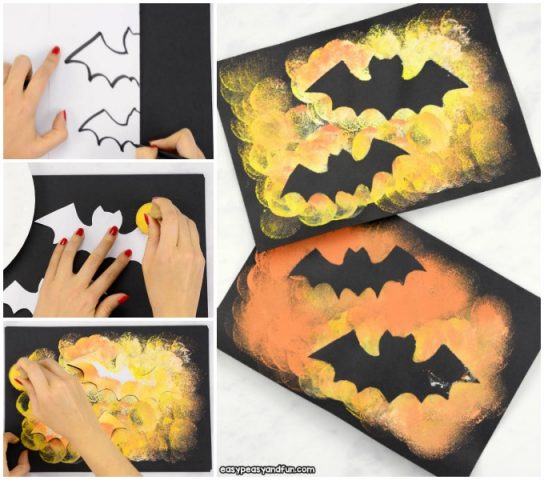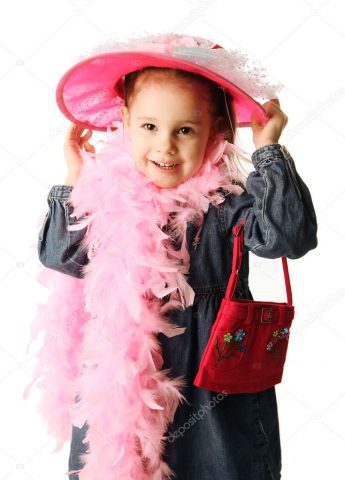Today’s blog was written by Anita Olson.

Many families celebrate traditions during the winter months – Diwali just passed, Bodhi Day, Hanukkah, Winter Solstice, Christmas, Kwanzaa, New Year’s (secular) and many other celebrations are to come. Because of Covid, this year has been a significant year of ambiguous grief and loss: loss of freedom, time with family, of financial security, jobs and loss of loved ones, to name a few. It is no doubt that how we previously celebrated our beloved holiday traditions are going to look and feel differently this year as the pandemic lingers on.
Firstly, it is totally okay to feel that it’s not fair we can’t celebrate like we did last year, with parties and family gatherings – it isn’t fair. But we also recognize the importance of keeping our loved ones healthy and safe. We can expect that staying in for the holidays without the neighbours, the in-laws and the funny uncle will feel different, because it is. The family traditions we hold dear and celebrate are like long terms routines – and routines help us feel settled, we know what to expect and look forward to them in anticipation.
This year our family traditions, or routines, are hardly anything we were expecting – and that can cause uneasy feelings. Not knowing what to expect can feel scary. But luckily there are two sides to this unexpected coin. When we don’t have a set routine to fall back on, we are nudged to flex our creative muscles! Not having a set holiday script opens up opportunity to create special new traditions for this time of year. And it may be surprising that by refreshing old traditions, new found appreciations for the holiday season pop up.
There are lots of festive ideas on how to spend this winter holiday while easily following the BC’s health minister’s guidelines – here are a few ideas to get your creative juices flowing;
· Bake your favourite treats while singing along to your favourite music. Ask others to join virtually and have a bake off!
· Dust off those board games and play a few.
· Have a house hold clean-out – donate old toys, clothing, kitchen gadgets to your local shelter.
· Reflect back as a family on the events you are grateful for, write them down, put them in a gratitude jar and read them out loud on a holiday you celebrate over the winter. For more ideas like this and more, check out The Parenting Place blog.
No matter how you plan to safely spend the winter break, this year will most definitely be a memorable one.
Happy Holidays!

Anita Olson works for Family Services of Greater Vancouver as Burnaby’s Early Childhood Community Consultant. Anita shares information, strategies and practical tools with parents through this free program. Focusing on the parent/caregiver and child relationship, Anita’s work with families aims to create and preserve loving connection and curiosity. Anita holds a current ECE licence, BA and MEd from Simon Fraser University. Contact Anita at aolson@fsgv.ca or (604)-723-9548.


